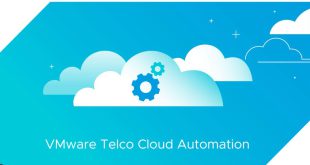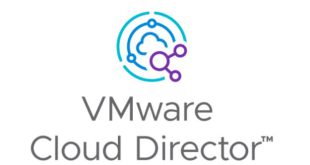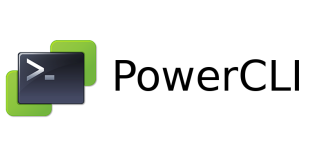ETSI has defined a reference architecture for NFV.

This high-level NFV framework is composed of three working domains:
Network Functions Virtualization Infrastructure or NFVI
Virtualized Network Functions or VNFs
NFV MANO or Management and Orchestration functions
The NFVI is the component that converts hardware-based computing, storage, and networking resources into software-based pools of resources available to be further defined into specific VNFs. The virtualization layer translates the physical resources into pools of logical resources. This virtualization layer is usually realized as a hypervisor in the case of virtual machines or a container runtime engine in the case of software containers. The virtualization layer provides standard and open interfaces toward the hardware resources.
The set of VNFs are expressed as software implementations of various networking functions generally coded into hardware on dedicated purpose-built servers. The network functions deployed in this manner are able to accommodate rapid changes in requirements. Within the mobile network, each VNF is a software representation of some function in the network, such as a 5G core network element.

Within the industry, the term VNF is used for Network Functions that are deployed in virtual machines. For Network Functions that are deployed in containers, the industry uses the term CNF. CNF stands for either Containerized Network Function or Cloud-Native Network Function.
The NFV MANO functional component interfaces with the larger physical network and the Operations Support System/Business Support System or OSS/BSS systems to make the virtualized part of the network work in sync with the rest of the network. This component has several functions.
The NFV Orchestrator or NFVO is responsible for orchestration and management of the NFVI and software resources.
VNF Managers or VNFMs are responsible for lifecycle management of the VNFs. That is, the VNFMs are responsible for creating a requested VNF, updating as necessary, scaling and removing it when its purpose has been fulfilled.
The Virtualized Infrastructure Manager or VIM manages the interaction of the VNFs with the computing, storage, and networking resources that have been allocated to it. It may, for example, be responsible for increasing resources to virtual machines based on requests from the orchestrator or the VNFMs or both. It may also be responsible for taking actions to improve energy efficiency when a specified threshold has been reached. Some examples of a VIM could be VMware Integrated OpenStack or Tanzu Kubernetes Grid.
 A Virtualization Universe!
A Virtualization Universe!


